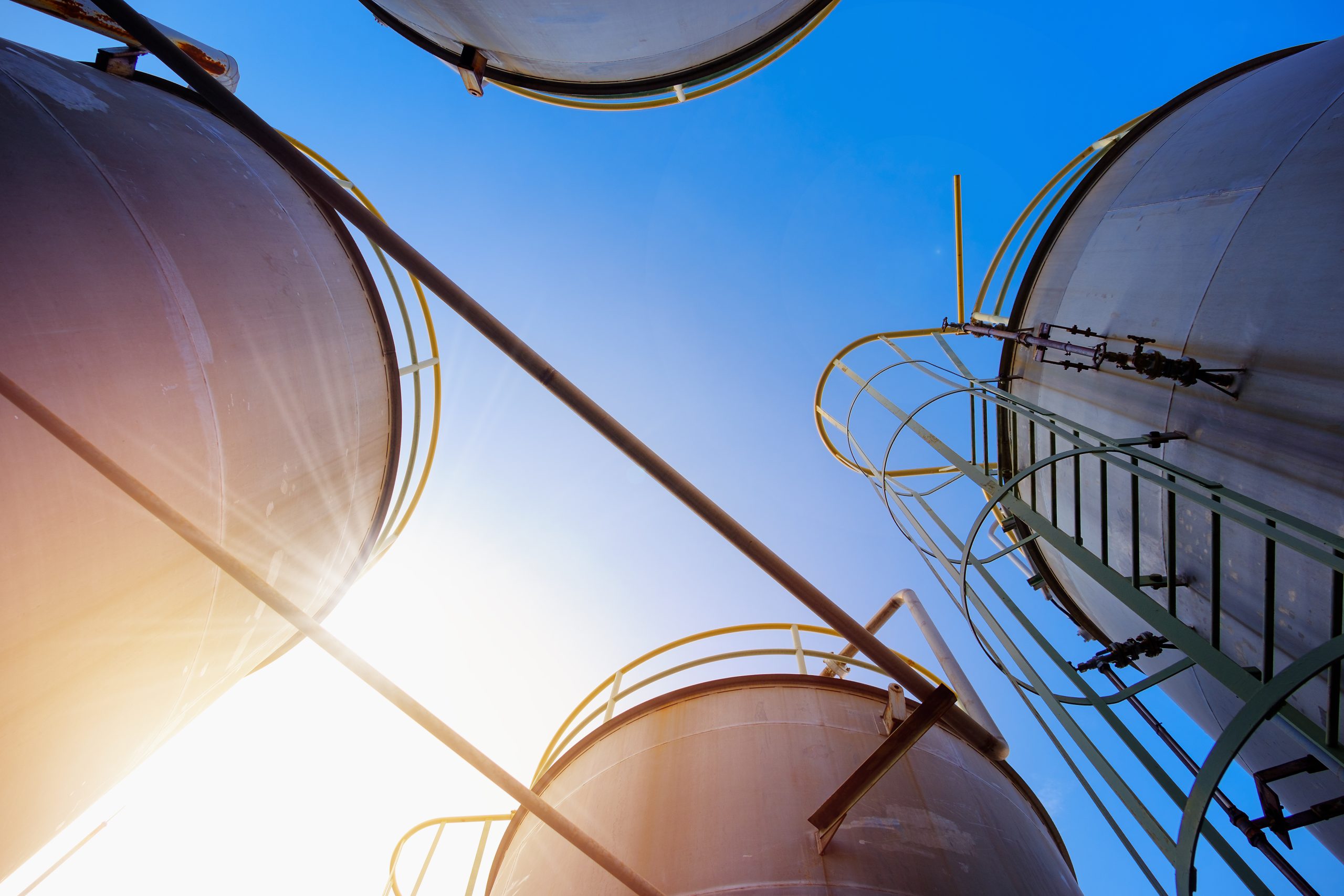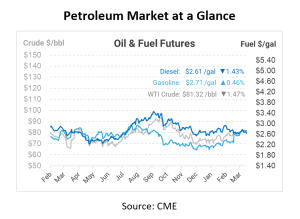
What’s That Wednesday: Sludge
When was the last time you checked your fuel tank for signs of sludge? Sludge accumulation is a prevalent issue among fuel tank owners, posing significant risks if not addressed promptly. Tank maintenance often falls lower on the priority list for many businesses, especially given the frequent turnover of fuel, which might mask the underlying issues of contamination or deterioration. Today’s What’s That Wednesday is going to explain what exactly sludge is, why it can build up in fuel tanks, and why you should have it checked regularly.
What is it?
Sludge refers to the accumulation of solid or semi-solid deposits that settle at the bottom or adhere to the walls of fuel storage tanks. It is a byproduct of the natural degradation process of the fuel, as well as the contamination from water, dust, rust, and microbial growth (bacteria and fungi) that can occur within the tank.
What causes sludge?
Sludge build up can be caused by many factors, but is more likely to form when water is found in fuel as different bacteria can grow and cause contamination. These microorganisms once formed will sink to the bottom of a fuel tank and latch on to dirt and other small particles forming sludge. A few common causes of sludge build up include:
Oxidation of Fuel: Over time, fuel can undergo oxidation, a chemical reaction with oxygen that produces undesirable compounds, contributing to sludge formation.
Microbial Contamination: Water accumulation at the bottom of fuel tanks provides a conducive environment for the growth of microorganisms. These microbes feed on the fuel, multiplying and producing biomass that contributes to sludge.
Water Contamination: Water can enter fuel tanks through condensation, leaks, or during filling. It can lead to the separation of water-soluble components from the fuel, contributing to sludge.
Rust and Corrosion: The interior of tanks can corrode over time, especially if water is present, leading to rust particles that mix with other contaminants to form sludge.
Dirt and Debris: Dust and particulate matter can enter tanks through vents or during filling, accumulating over time.
How do I know if my tank has sludge?
Key indicators of sludge build-up include dark, cloudy fuel, rusting or holes around the tank, clogged filters, changes in vehicle performance such as sputtering, and slimy filters. Recognizing these signs early can save you from the headaches of dealing with the consequences of neglected tank maintenance.
Assessing the Impact of Sludge
The degree of contamination in your fuel directly affects its efficiency. With higher levels of impurities, fuel consumption increases as the engine compensates by using more fuel to achieve the desired performance. This not only leads to excessive fuel usage but also results in the emission of more harmful pollutants due to the combustion of non-combustible particles.
Sludge can cause many problems, including clogging fuel filters and fuel lines, reducing fuel efficiency, and causing engine performance issues. In severe cases, it can lead to engine failure. Regular maintenance and cleaning of fuel tanks, along with proper fuel storage practices, are essential to minimize the risk of sludge formation and its associated problems.
From damaging your engines or clogging filters to causing corrosion in storage tanks, there’s a lot that can go wrong. Mansfield brings an analytical approach to improving the quality of your fuel and equipment. We offer fuel testing, tank cleaning, and fuel system monitoring, as well as a proactive additive program to ensure your fuel is in tip-top shape all year long. Contact us today to request a fuel system assessment of your equipment.

This article is part of Daily Market News & Insights
Tagged:
MARKET CONDITION REPORT - DISCLAIMER
The information contained herein is derived from sources believed to be reliable; however, this information is not guaranteed as to its accuracy or completeness. Furthermore, no responsibility is assumed for use of this material and no express or implied warranties or guarantees are made. This material and any view or comment expressed herein are provided for informational purposes only and should not be construed in any way as an inducement or recommendation to buy or sell products, commodity futures or options contracts.





